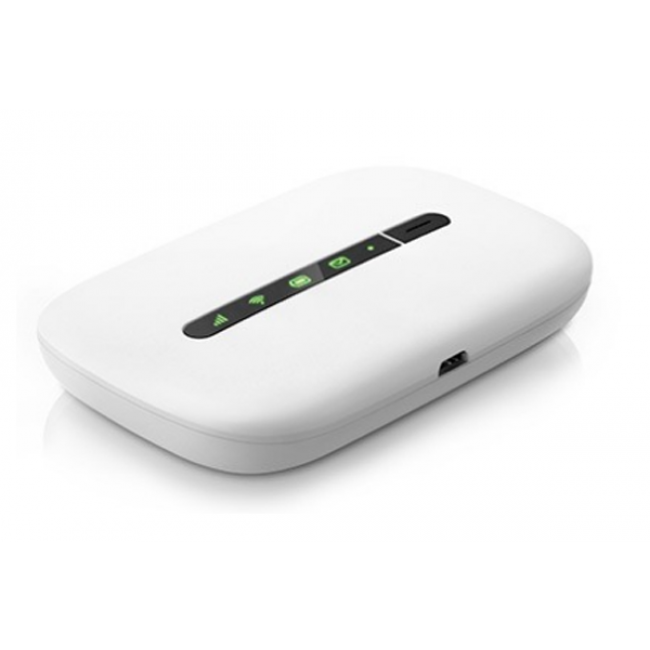

The main difference comes in the way they’re built, and where you can use them. MiFi vs mobile broadband router: how do they work?īoth MiFis and mobile broadband routers require a SIM card to work, And just like with your smartphone, it allows them to connect to the internet through mobile data on a specific network. Read on to find out how they differ and what option would be best for you. However, depending on how you plan on using your mobile broadband, one will be more suitable than the other. The main benefit of both is that, like a router, they enable multiple devices to share a single mobile broadband connection. It much more closely resembles a normal home broadband router and essentially functions like one. 3’s Mobile wifi device, also known as ‘MiFi’, is not the same MiFi unit that is manufactured by Novatel Wireless, but is instead a branded Huawei E5830 wireless modem that does a very similar job.įrom September 18, 3 Mobile Wifi will be available from 3 on two plans: Broadband 5GB is a one month rolling contract which includes 5GB of data for £15 a month, with an outlay of £69.99 for the device and a Ready to Go option which prices the device at £99.99 and includes 3GB worth of data which can be used over a three month period, afterwards topped up on a prepay basis.MiFis or MiFi dongles are compact, wireless devices, usually a little smaller than a smartphone, that create a localised Wi-Fi signal that you can use on the go.Ī mobile broadband router, on the other hand, is a much larger Wi-Fi device that plugs into a mains socket. Such a device could have both fixed line and mobile broadband connectivity, sending heavy duty apps over the fixed broadband connection and lighter touch apps over the mobile network, for example.Įarlier this month, 3 UK, announced its own plans to bring a similar mobile hotspot device to the country later this month. However, Kovacocy suggested that as a technological development, the mobile broadband hotspot could pave the way for the appearance of an ‘intelligent router’ in the home, perhaps combining it with a femtocell.

Vodafone will initially make the MiFi 2352 device available in Germany, Romania and Spain, with no details on pricing or other markets available as yet.Ĭommenting on the announcement by Vodafone, Michael Kovacocy, European telecoms analyst and sector strategist at Daiwa Securities, said that the device represented a serious part of the convergence puzzle but the operator would likely be faced with difficulties in the economics of distribution as well as the marketing of the device. But as one analyst noted, the question here is why you would want to bring mobility to such devices? Gaming consoles would likely be better of connecting to the internet via a fixed line, where bandwidth and latency are not so much of an issue, while cameras and media players would need an interface to be able to use the connectivity and would likely struggle to stream any sort of media reliably. Even Vodafone doesn’t seem to have a coherent pitch, with a spokesman saying that it is being marketed as a way to bring wireless connectivity to devices that might not otherwise have it, such as cameras, media players and gaming consoles. Small businesses may understand the advantages of being able to set up a micro network on the fly, but explaining the concept to consumers is a different story altogether. With a couple of hours battery life, it’s also got potential as an emergency hotspot, when you need to get a handful of users online. But the main benefit is that you can move the unit to an optimum coverage position - by the window, say - and leave your laptop or other wifi-capable devices on the desk or a more comfortable location.
#Vodafone mobile broadband devices software#
It’s more user friendly than a dongle because, with no software to install, everything is accessed via a web interface. has been playing with one of the Novatel devices for a couple of weeks and is impressed by the concept. The MiFi, manufactured by Novatel, is a pocket sized box powered by batteries or a mains supply and can connect up to five wifi-enabled devices with a cellular backhaul connection – a sort of 3G dongle on steroids. The concept of a mobile broadband hotspot is gaining traction in the tech world, but may be a difficult one to pitch to consumers. Vodafone has confirmed plans to deploy the MiFi mobile broadband hotspot in three markets but may face a challenge in marketing the device to end users.


 0 kommentar(er)
0 kommentar(er)
